Want the Cheapest Credit Card Processing? Surcharging May Be the Answer
Stax
JUNE 24, 2025
TL;DR Credit card processing fees eat into the profits of small businesses. Surcharging offers a way to pass credit card processing costs to the customer, letting businesses keep their earnings. Tiered pricing can hide true costs, as it lumps transactions into categories without disclosing exact interchange fees.




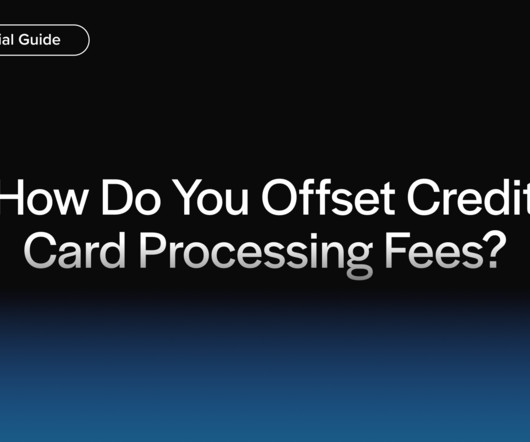
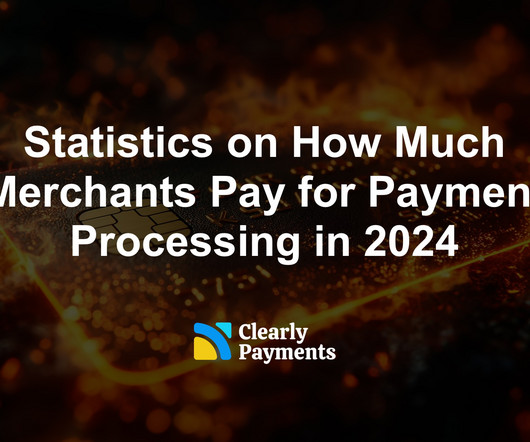


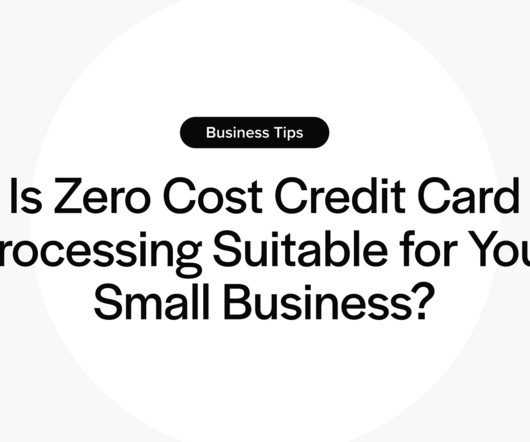



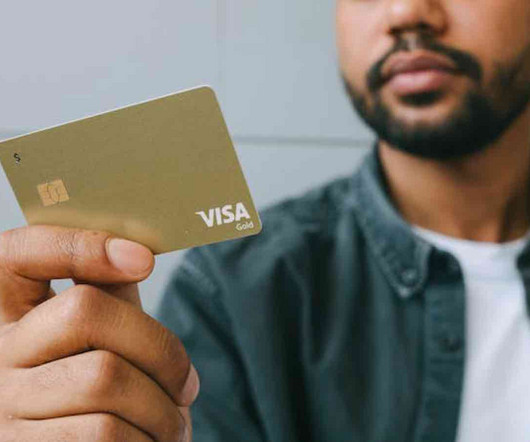
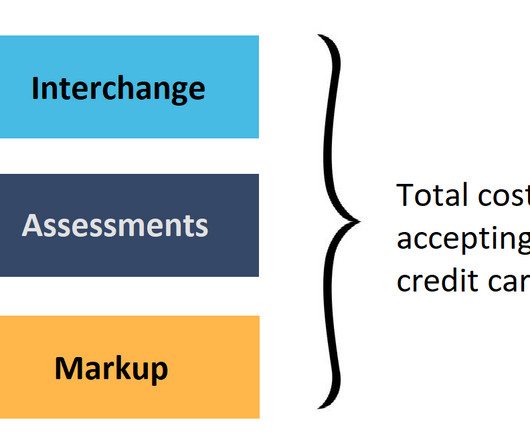
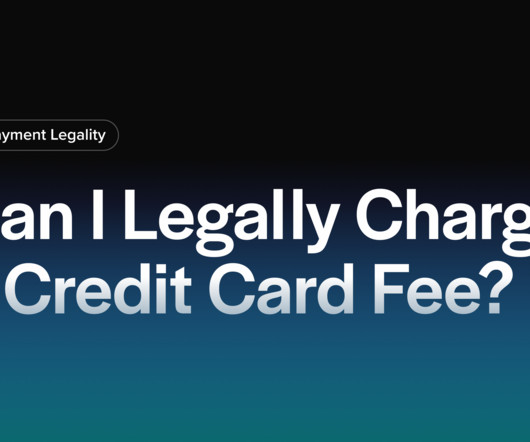







Let's personalize your content